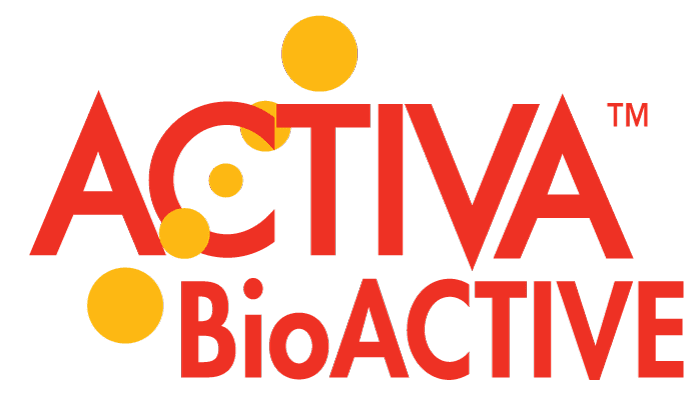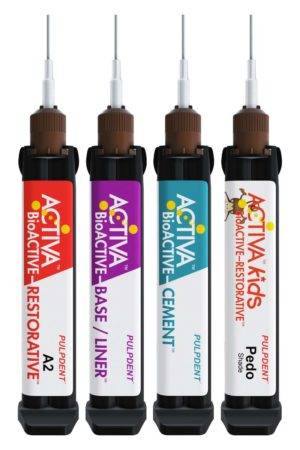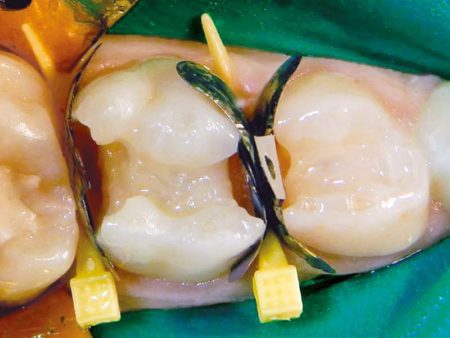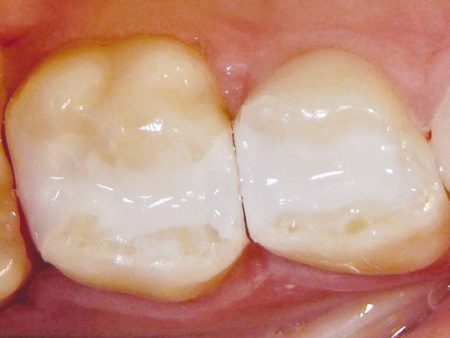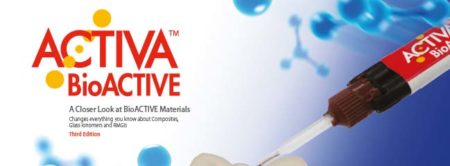
Wesentliche Merkmale:
Natürliche Ästhetik – Hochgradig polierfähig
Zäh, elastisch, bruch- und verschleißfest, stoßdämpfend
Setzt Kalzium, Phosphat und Fluorid frei und lädt es wieder auf
Chemisch bindend – Dichtet gegen Mikrolecks ab
Keine Empfindlichkeit
Feuchtigkeitsverträglich – Vereinfachte Technik
Lichthärtung und Selbsthärtung-
Keine Empfindlichkeit
Beschreibung:
ACTIVA™ KIDS ist ein ästhetisches BioACTIVE-Kunststoffrestaurativ, das die Apatitbildung und den natürlichen Remineralisierungsprozess durch die Freisetzung und Wiederaufladung von Kalzium, Phosphat und Fluorid stimuliert. Es handelt sich um eine opak-weiße Farbe, die sich ideal für die Kinderzahnheilkunde eignet.
ACTIVA ist das erste bioaktive Restaurationsmaterial mit einer ionischen Harzmatrix, einer stoßabsorbierenden Harzkomponente und bioaktiven Füllstoffen, die die physikalischen und chemischen Eigenschaften natürlicher Zähne nachahmen. Es bietet alle Vorteile von Glasionomeren und verfügt über die Ästhetik, Festigkeit und Haltbarkeit von Kompositen. ACTIVA KIDS bindet und maskiert Silberdiamin-Fluorid-Flecken.
ACTIVA ist sicher für Kinder und enthält kein BPA, kein Bis-GMA und keine BPA-Derivate.
ACTIVA KIDS ist ein dynamisches Material, das kontinuierlich auf pH-Änderungen im Mund reagiert und aktiv am Ionenaustausch mit Speichel und Zahnsubstanz teilnimmt, der für die Erhaltung gesunder Zähne unerlässlich ist.
“Einzigartig und nie dagewesen”
– Drs. Ted Croll, Joel Berg, Kevin Donly
“Wahrlich beeindruckend”
– Dr. Josh Wren
“Hervorragende Ergebnisse”
– Dr. Mark Cannon
“Völlig cool und absolut fantastisch”
– Dr. Ted Croll
Code und Beschreibung:
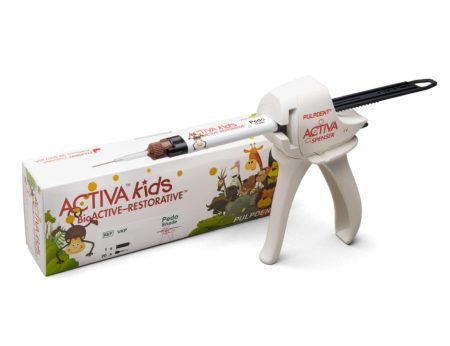
VKP – STARTER KIT: 5mL/8gm Spritze Opaque White Shade, ACTIVA-SPENSER™ + 20 Automix-Tips mit biegsamer 20-Gauge-Metallkanüle
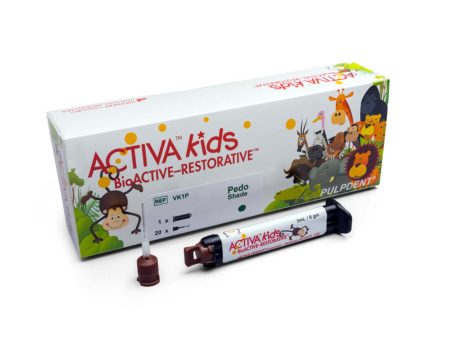
VK1P – ACTIVA KIDS SINGLE REFILL: 5mL/8gm Spritze Opaque White Shade + 20 Automix-Tips mit biegsamer 20-Gauge-Metallkanüle
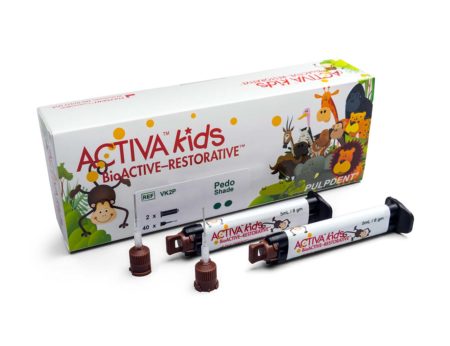
VK2P – ACTIVA KIDS VALUE REFILL: 2 x 5mL/8gm Spritzen Opaque White Shade + 40 Automix-Tips mit biegsamer 20-Gauge-Metallkanüle
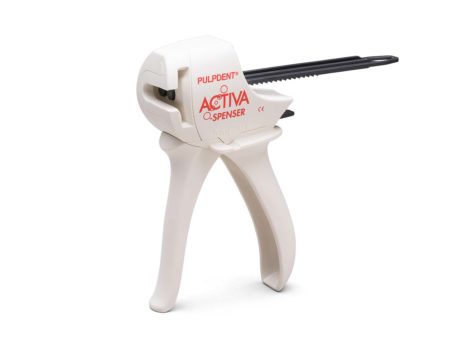
DS05 – ACTIVA Spenser: Spender für 5mL Automix-Spritzen
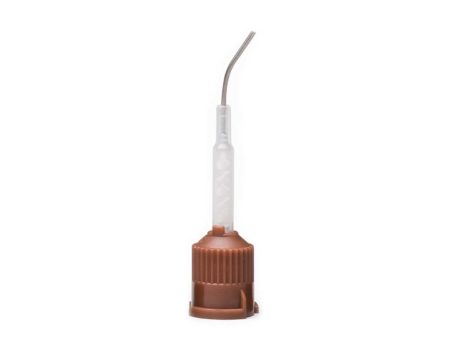
A20N1 – Automix Tips, klar, mit biegsamer 20-Gauge-Metallkanüle – Packung mit 20 Stück Verwendung für ACTIVA und für 2.5mL, 5mL und 10mL 1:1 Automix-Spritzen

A50N1 – Automix Tips, klar, mit biegsamer 20-Gauge-Metallkanüle – Packung mit 50 Stück Verwendung für ACTIVA und für 2.5mL, 5mL und 10mL 1:1 Automix-Spritzen
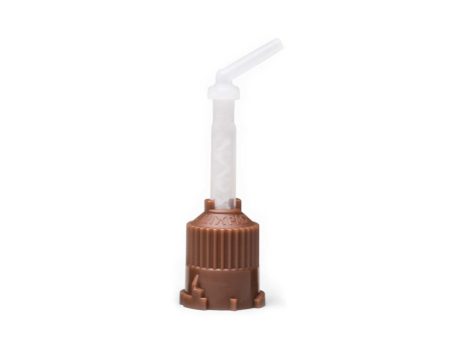
AD20T – Automix Tips, klare + kurze intraorale Spitzen (IOT) – Pkg. 20

AD50T – Automix Tips, klare + kurze intraorale Spitzen (IOT) – Pkg. 50
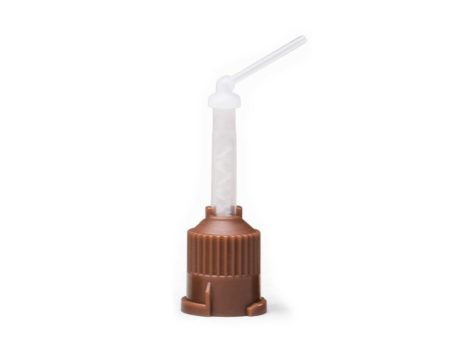
AD20R – Automix Tips, klar + lange, schmale intraorale Spitzen (IOR) – Packung mit 20 Stück

AD50R – Automix Tips, klar + lange, schmale intraorale Spitzen (IOR) – Packung mit 50 Stück
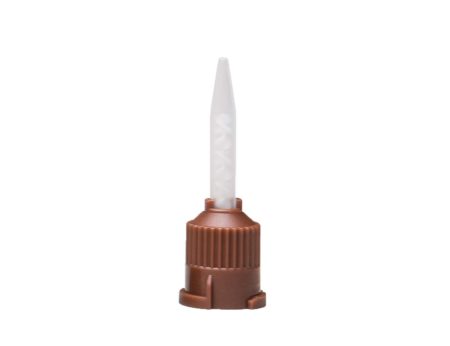
AS20 – Automix-Spritzenspitzen, Pkg. 20 5mL Spritze

AS50 – Automix-Spritzenspitzen, Pkg. 50 5mL Spritze




